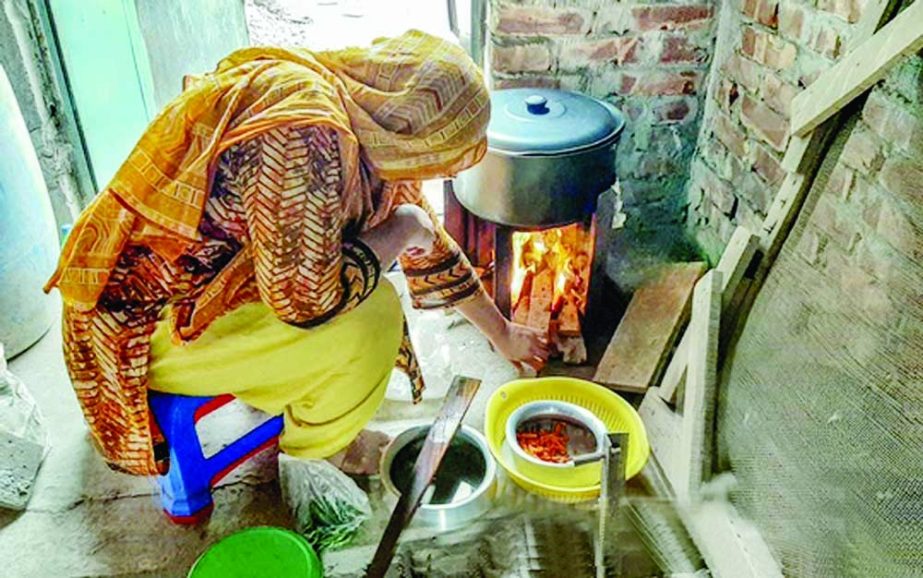
Noman Mosharef :
Gas crisis in the capital has worsened further though the Titas Gas Transmission and Distribution Company Limited (TGTDCL) earlier said the problem would be solved by January 22.
The crisis has forced many residents to bring meals from restaurants nearby and many others to rely on dry foods to keep them away from hunger.
“We have been facing great difficulty due to zero gas pressure most of the times for over two months. But, we are forced to pay bills without supply of gas,” Amir Khasru, a resident in the capital Mugda area, told The New Nation last night.
Residents of Jatrabari, Rajabazar, Jigatola, Mirpur, Shyamoli, Adabor, Badda, Science Laboratory, Segunbagicha, Sutrapur, Ganderia, Farmgate, Dhanmondi and and many other areas have also reported the crisis since two months till now. And it has become the acute in recent days.
A TGCL official said the gas crisis has deepened in the city.
“The city-dwellers have been facing supply crunch since January 12 following a decline in gas availability from a private LNG terminal. The gas supply from the terminal was dropped due to a technical fault,” a Titas official told The New Nation yesterday seeking anonymity.
He, however, urged the consumers to be patient and wait until the glitch is fixed at the facility. But he declined to answer the question when it will be fixed.
Engr. Haronur Rashid Mollah, Managing Director of Titas, could not be reached for comments despite repeated several attempts over his cell phone.
“In my house, there is no gas supply from 8am to 3pm in a day. The supply slowly resumes after 3pm and it becomes normal after 5pm. I am facing the situation for the last two months,” Sharmin Sultana, a housewife who has been residing in the capital’s Lalbagh area, told The New Nation yesterday.
She said the situation forced her to buy their daily meals from nearby restaurants.
Moreover, many residents of Dhaka also said that they are forced to manage their daily cooking with alternative arrangements.
Mirza Mahbub Hossain, Manager (public relations) at the Titas Gas Company, said daily gas supply now remains between 1.7 and 1.8 billion cubic feet against a demand for 2.2 billion cubic feet.
He said few factors have led to the gas shortage in the capital. First, one of the liquefied natural gas (LNG) terminals in the country is having some technical problems, for which gas supply has been reduced by 400 million cubic feet per day (mmcfd).
Then, a well in the Bibiyana gas field is going through renovation work-another reason for the shortage. Gas pressure also usually remains low during winter season, leading to disruption in the supply chain, he added.
Talking to The New Nation an energy expert blamed poor management, bad decision-making and lack of vision of the government for the current gas crisis. Besides, policies of the energy sector were not in line with the ground realities. The crisis would continue until the government puts emphasis on gas exploration from potential fields, he said.

